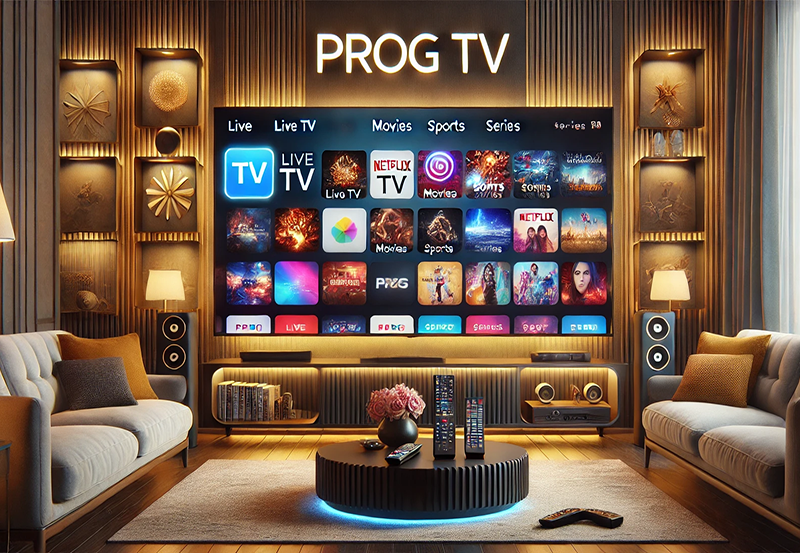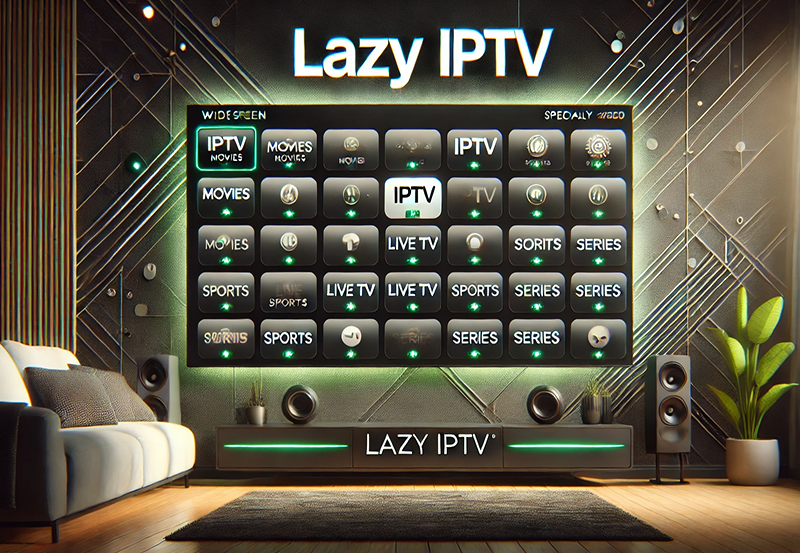Your Plex IPTV experience should be straightforward and enjoyable. Yet, many users find themselves puzzled when service interruptions occur. If you are one of those seeking clarity, this article provides practical insights into common technical pitfalls.
The Importance of Understanding IPTV Issues
With IPTV usage booming, encountering technical glitches isn’t uncommon. Grasping why your service might falter is essential for a smoother experience. A clear diagnosis often averts frustration, enabling users to act swiftly.
Key Factors Affecting IPTV Performance
Knowing what disrupts your Plex IPTV can transform your viewing habits. Service quality often depends on a blend of external influences and technical hurdles. Identifying these is crucial for restoring your seamless streaming.
Expert Advice:
Get access to thousands of channels worldwide with XtremeHD IPTV, designed for sports lovers and movie enthusiasts.
Influence of Internet Speed and Connectivity
Your internet connection significantly impacts IPTV performance. From buffer delays to unexpected freezes, poor connectivity can cripple your experience. Speed is crucial, but stability reigns supreme in ensuring uninterrupted service.
For optimal access to the best IPTV service providers, consider upgrading your network. Frequent tests of your bandwidth can preempt potential issues. Moreover, using wired connections instead of Wi-Fi might enhance signal strength.
Device Compatibility and Configuration
An often-overlooked aspect of IPTV streaming woes lies in device compatibility. Ensure your device supports updated Plex versions. Outdated software might not only limit features but also contribute to connectivity troubles.
Configure your device settings appropriately. Custom settings might hinder synchronization with the latest IPTV updates. Reconfiguring can resolve technical discrepancies.
Operating System vs. App Version
Operating systems and app versions need to be in harmony. Discrepancies can lead to service disruption. Regular app updates can prevent this. If your device system lags behind, the app could fail to operate optimally.
Mind the version requirements of the IPTV service. Ensure your operating system complements these requirements for a seamless experience.
Subscription and Account Authentication Issues
Subscription mishaps are sometimes responsible for Plex IPTV failures. Renewal delays, account suspensions, or data entry errors can hinder service access. Verify your subscription’s status if sudden interruptions occur.
Renewal of Subscriptions
Overlooking subscription renewals is a common error. An expired account means discontinued service. Opt for recurring payment options where possible to ensure continuity. It eliminates the risk of oversight, securing uninterrupted access.
- Check email notifications for reminders.
- Set calendar alerts for renewal dates.
- Opt for longer-term subscriptions to minimize frequent renewals.
Common Authentication Roadblocks
Authentication errors can stem from multiple sources. Incorrect login credentials top the list. Double-check your username and password before attempting to log in. Minor typographical errors could block access.
Besides, verify if your account has been suspended due to policy breaches or multiple device logins. Contacting customer support might clarify any suspension-related queries.
Configuring Plex and IPTV Settings
For many, IPTV configuration details seem mundane. Yet, improper setup leads to malfunction. Explore your Plex settings carefully. Ensure that they align with the demands of your IPTV service.
Troubleshooting Streaming Issues
A few basic checks can streamline Plex’s streaming capabilities. Network diagnostics often reveal unseen network issues. An open port configuration in your router could solve many streaming irregularities.
Adaptive Resolution and Setting Optimization
Plex’s adaptive resolution setting might need some tinkering. A mismatch with your IPTV’s bitrate can affect clarity. Experiment with different settings to find the right balance. Also, verify that remote access and encryption settings are correct.
Faulty IPTV Provider Configurations
Unbeknownst to many, IPTV resellers sometimes configure services incorrectly. Misconfigurations lead to inconsistent streaming quality and unreliable access. Accurate setup is, therefore, indispensable.
Evaluating IPTV Service Providers
Partner with reputable IPTV service providers. Their track record should reflect consistent, high-quality service. Faulty provider configurations often result in downtime, vexing customers. Moreover, enhancements in service offerings should align with your needs.
- Research reviews before committing to a provider.
- Consider providers with responsive customer support.
- Explore trial periods offered by providers to test service reliability.
Provider Feedback and Communication
Communication with providers is vital. Address problems promptly to receive on-time solutions. Regular feedback can incite service improvements, benefiting both parties. Always ensure your provider understands your needs and expectations.
A Glimpse into Future-Proof Viewing
Ensuring reliable Plex IPTV access means addressing these pitfalls proactively. View them not as mere obstacles but as stepping stones to enhanced digital experiences. Your vigilance today secures future viewing habits against failures.
Embrace Innovation in Digital Streaming
Innovation shouldn’t intimidate but rather inspire change in viewing habits. Embrace advancements in IPTV technologies. A willingness to adapt is key. Update equipment, reconsider service providers, and stay informed of tech trends.
The path to hassle-free IPTV lies in embracing continual improvements. Adaptation not only resolves existing glitches but also anticipates future requirements.
Concluding Thoughts
While the technical landscape changes, the core of reliable streaming remains unwavering. Focus on the fundamentals. Assess and adjust your setup periodically. This approach ensures maximum enjoyment from your IPTV experience, unfettered by unnecessary disruptions.
FAQ Section

Why does my Plex IPTV buffer frequently?
Frequent buffering is often due to internet instability or poor connection speeds. Ensure your internet provides sufficient bandwidth, and try switching from Wi-Fi to a wired connection to see if it improves streaming quality.
Can I use Plex IPTV without professional help?
Yes, most settings are user-friendly and can be navigated with available documentation. However, if issues persist, consulting with an expert could save time and effort.
Are all IPTV service providers reliable?
Not all providers are created equal. Thoroughly research reviews and feedback to ascertain the reliability of a service provider before subscribing. Opt for well-reviewed and established providers for consistent service.
What’s the difference between an IPTV provider and a reseller?
An IPTV provider is the core service operator, while a reseller sells subscriptions to the provider’s service usually at customized rates. Providers are generally more reliable, but resellers can offer competitive pricing.
How often should I update my Plex and IPTV app?
Regular updates are essential—update your applications as soon as new versions are released. This minimizes security risks and enhances functionality, ensuring compatibility with the latest system changes.
Can IPTV issues be related to hardware?
Yes, outdated or incompatible hardware can lead to problems. Ensure that your devices meet the system requirements specified by both Plex and your IPTV provider.
How can I enhance my IPTV viewing habits?
Explore new features offered by your provider, keep your system up-to-date, and stay informed about service improvements and tech innovations to keep your viewing experience fresh and reliable.
Unpacking the Technology Behind the Enigma IPTV Device





